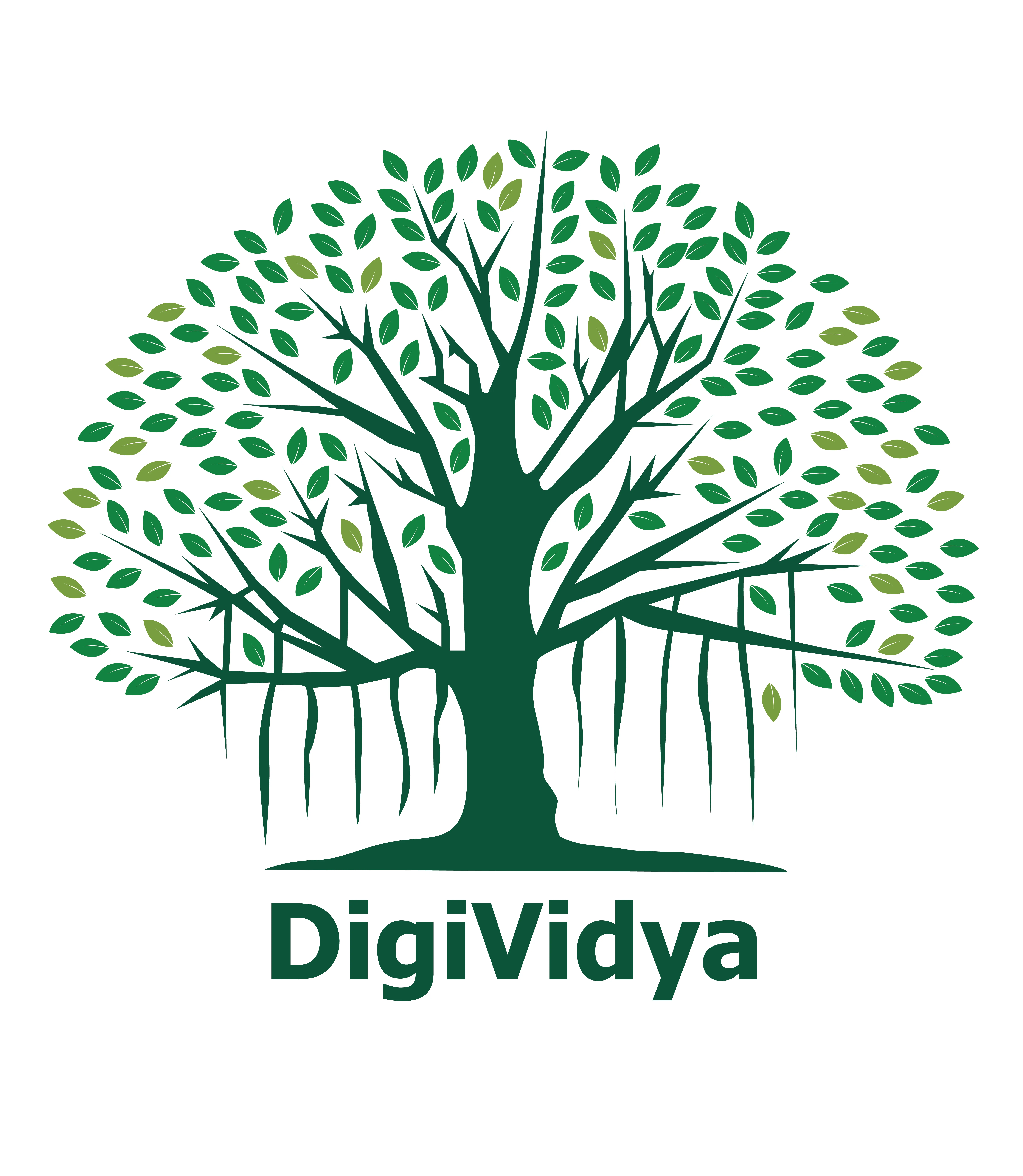Mission
Our Mission
The rapid and continuous advancements in mobile technology have undoubtedly transformed the way we live, communicate, and access information. While these changes have brought numerous benefits and conveniences to our lives, they have also left many middle-aged and senior citizens feeling confused and overwhelmed. Here are some key factors contributing to this confusion:
-
Pace of Technological Change:
Mobile technology evolves at an astonishing pace. What was considered cutting-edge just a few years ago may now seem obsolete. For middle-aged and senior citizens who did not grow up with these technologies, keeping up with the latest updates and features can be challenging.
-
Complexity of Devices:
Modern smartphones are incredibly powerful and versatile devices, but this complexity can be intimidating for those who are not tech-savvy. Features like touchscreens, numerous apps, and intricate settings can be overwhelming.
-
Constant Software Updates:
Mobile operating systems frequently release updates to improve security and functionality. While these updates are essential, they can disrupt the familiar user interface and require users to adapt to new layouts and features.
-
Digital Divide:
Not everyone in the middle-aged and senior citizen demographic had access to technology during their formative years. This digital divide means they may lack the foundational skills and knowledge that younger generations take for granted.
-
Fear of Making Mistakes:
Many middle-aged and older adults are afraid of "breaking" their devices or making irreversible mistakes. This fear can lead to reluctance to explore and experiment with mobile technology.
-
Privacy and Security Concerns:
The increasing prevalence of online threats and privacy breaches can make older users sceptical of embracing new technologies. Concerns about identity theft, scams, and data breaches can deter them from fully engaging with mobile devices.
-
Inadequate Training and Support:
While younger generations often learn to use new technology through experimentation and peer learning, older individuals may not have access to comprehensive training or adequate support systems to help them navigate digital challenges.
-
Social Isolation:
Paradoxically, while technology has the potential to connect people, it can also contribute to social isolation among older adults. Those who struggle to adapt to new communication platforms may feel left out of important social circles.
To address these challenges, there is a growing need for more user-friendly technology design, accessible training programs, and patient support networks that cater specifically to middle-aged and senior citizens. Empowering this demographic to embrace technology can lead to improved quality of life, increased social connectivity, and enhanced access to essential services. Additionally, bridging the digital divide can ensure that no one is left behind in the ever-evolving digital age.
The absence of training programs tailored to middle-aged and senior citizens in the context of rapidly evolving technology can lead to several significant problems and challenges:
-
Digital Exclusion:
Without proper training, older individuals may become digitally excluded, meaning they are unable to access the benefits of modern technology. This can result in social isolation, limited access to essential services, and reduced quality of life.
-
Communication Gaps:
As younger generations increasingly rely on digital communication methods, older adults who lack training may find it difficult to connect with family, friends, and healthcare providers. This can lead to communication gaps and feelings of loneliness.
-
Financial Vulnerability:
Older adults are often targeted by online scams and fraud. Without the knowledge to identify and protect themselves from these threats, they may become financially vulnerable, potentially losing their savings to scams or identity theft.
-
Limited Access to Information:
Technology provides easy access to information, including news, health resources, and educational materials. Without training, older individuals may miss out on vital information that could improve their well-being.
-
Dependence on Others:
Those without tech skills may become overly reliant on family members or caregivers for tasks that could be accomplished independently with technology. This can strain relationships and limit personal autonomy.
-
Healthcare Challenges:
Telehealth and digital health solutions are becoming increasingly important in healthcare. Older adults without training may struggle to access these services, leading to difficulties in managing their health and medical appointments.
-
Employment Barriers:
Some older adults may wish to continue working or re-enter the job market. However, lack of digital skills can be a barrier to finding and maintaining employment in today's tech-driven job market.
-
Missed Opportunities:
Technology can provide opportunities for personal growth, learning, and engagement. Without training, older individuals may miss out on opportunities for lifelong learning and personal development.
-
Social Isolation:
As more social interactions move online, those without digital skills may experience social isolation. This can lead to mental health issues such as depression and anxiety.
-
Generational Divide:
A growing generational divide can occur as younger family members and older adults find it challenging to relate to each other due to differences in technology use and understanding.
To mitigate these problems, it is crucial to develop and implement training programs that cater specifically to the needs and abilities of middle-aged and senior citizens. These programs should be designed to build digital literacy, teach essential skills, and provide ongoing support, ultimately empowering older individuals to navigate the digital world confidently and safely.
